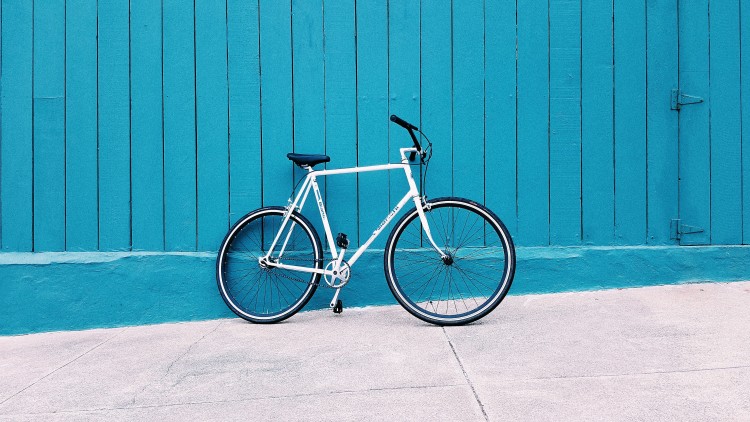How Cities And Individuals Are Handling Personal Mobility

The summer of 2022 brought about an unusual surge of purchases from people: bicycles. Specifically electric bicycles (or e-bikes). This sudden surge rippled across the globe, but there are some places that took it a step further.
In certain areas of America, there are spots where cars are strictly prohibited. Some locations include JFK Drive (now JFK Promenade) in San Francisco, Griffith Park Drive in Los Angeles, 34th Avenue in New York City, and further afield, Capel Street in Dublin.
There are bound to be more additions as the movement for cleaner fuel rises, public transportation is revamped, and people realise they don’t need a car all the time. However, it also raises the question of how cities, individuals, and businesses are going to address personal mobility in the future.
The Change To Bicycles Is Astonishing
Between 2020 and 2023, upwards of 130 million electric bicycles are expected to be sold. To put that into perspective, 3.7 million e-bikes were sold in 2019, and it’s estimated there will be 300 million e-bikes in use globally by 2023.
Even if you’re not using electric bicycles, the standard pedal bike is still likely to be used. Over the course of the pandemic, many bicycle shops encountered shortages of bikes as demand surged. The public also became more attuned to the surge of bike thefts. In North America, it’s estimated that two million bikes are stolen each year. And as with other countries, the cases of stolen bikes are only increasing as more people turn to bikes.
The Idea Of Personal Mobility Is Changing
The surge in bike purchases is a result of the incentives that cities and countries have placed on their people. It’s easier to justify getting a bike in a major city when you consider the hassle of traffic and how a bike can just weave through traffic like it’s nothing.
You are more discouraged to get a bike though if you know where you’re going doesn’t supply a bike rack. Unless you’re okay with locking your bike around a street pole, it becomes a minor frustration for some people.
Beyond that, the pandemic and now the rising concern of climate change also spurred people on. People have gained weight over the pandemic and one quick solution to losing pounds is cardio - especially biking. Combine that with electric bikes, where you can give your body a break - or not sweat when getting to work - and it’s easy to see why people have taken a keen interest in e-bikes and pedal bikes alike.
In the case of working lives, people are warming up to the idea of public transit, trains, or bikes. With the recent ban on short-haul flights in France, those passengers are encouraged to look for lower-emission modes of transportation. Similarly, people are going through their own voluntary emission reduction by looking to bike, public transit, or carpool to work as a final option.
How Cities Are Handling The Change
Overall, city officials need to adapt to these new changes and the problems that come with them. Some areas - like car-free streets in certain cities - are embracing this and made changes over the pandemic.
But now that the pandemic is over in some sense, other cities will have to implement these changes with more public resistance. Moving forward, policies, or calling for particular car-free days (Like Mayor Anne Hidalgo instituting several car-free days starting in 2015), will need to be considered moving forward. In that sense, many Western countries can look over to more progressive countries as examples of those efforts making real impacts. And more importantly, how to best implement them when dealing with larger groups of people.
Instituting car-free days and incentivising cleaner public mobility is a delicate thing, but it is foundational if we are to change our thinking radically about transportation moving forward. Ensuring bikes can be locked and that safety measures are in place and enforced is one way to increase reliability in this emerging trend.
Some cities are doing this already, but it’s the hope that others will catch on and these programmes will expand their scope.
How Businesses Can Fuel Change
Businesses small and large can make a big difference as well. The simplest way to start is by ensuring the workplace premises have reliable, designated areas to lock up bikes. It’s even better if employees can find ways to store their bikes within the business itself.
Another consideration is getting people to warm up to the idea of bikes in the first place. Through education programmes or having bicycle awareness days, incorporating bikes and e-bikes into company culture can be a way to support green initiatives for the community and among staff, while also increasing overall health and decreasing absenteeism.
For those with more resources available, offering to buy or partner with a bike shop or manufacturer can be one way to make higher-end bikes more affordable for employees too.
For more ESG opinions, follow our Featured Articles.

